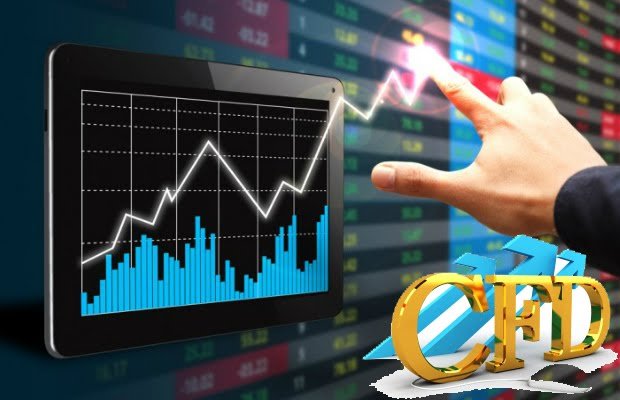
Best Strategy for CFD Trading
Contract for Difference (CFD) trading is a highly popular investment method that allows traders to speculate on the price movements of various assets without owning the underlying asset. However, to succeed in this fast-paced market, developing a robust trading strategy is essential. This article explores the best strategy for CFD trading, highlighting key concepts, techniques, and tools to help traders make informed decisions in the financial markets. Don’t forget to check out comprehensive resources like best strategy for cfd trading https://bestbrokercfd.com/best-cfd-trading-calculators/ to enhance your trading experience.
Understanding CFD Trading
CFDs are derivatives that enable traders to profit from the rise and fall of asset prices. They can be applied to a wide range of markets, including stocks, commodities, Forex, and cryptocurrencies. The primary advantage of CFD trading is the ability to leverage positions, meaning traders can control larger positions than their initial capital would permit. However, this also amplifies risks, making a well-defined strategy crucial for successful trading.
The Best Strategy for CFD Trading
When crafting a strategy for CFD trading, consider the following components:
1. Market Analysis
Market analysis is foundational to any trading strategy. Two main types of analysis are utilized: fundamental and technical analysis.
- Fundamental Analysis: Involves evaluating economic indicators, market news, and financial reports to predict price movements.
- Technical Analysis: Focuses on price charts, indicators, and historical data to identify patterns and trends.
2. Risk Management
Effective risk management is vital in CFD trading. Here are important risk management strategies:
- Stop-Loss Orders: Setting stop-loss levels can help limit potential losses.
- Position Sizing: Determine the size of your trades based on your total capital and risk tolerance.
- Diversity: Avoid putting all your capital in a single asset or market to reduce overall risk.
3. Developing a Trading Plan
Your trading plan should outline your trading objectives, strategies, and methods for evaluating performance. Elements of a trading plan include:
- Objectives: Define your financial goals. Are you trading for income, or do you aim to grow your investment over time?
- Entry and Exit Rules: Clearly define the criteria for entering and exiting trades based on analysis and market conditions.
- Performance Evaluation: Regularly assess your trading results to identify what works and what needs adjustment.
Tools for CFD Trading

Utilizing the right tools can greatly enhance your CFD trading experience. Some essential tools include:
1. Trading Platforms
Choose a reliable trading platform that suits your needs. Look for features like advanced charting tools, a comprehensive selection of assets, and user-friendly interface.
2. Trading Calculators
Trading calculators can assist in determining position sizes, margin requirements, profit and loss estimates, and more. Tools like CFD Trading Calculators can provide valuable insights and improve trading efficiency.
3. News and Data Feeds
Stay informed with real-time news and data feeds that provide updates on market conditions and economic events that could impact CFD prices.
Psychological Aspects of Trading
Trading psychology plays a significant role in a trader’s success. Here are key psychological aspects to consider:
1. Emotional Discipline
Successful traders maintain emotional discipline and avoid impulsive decisions driven by fear or greed. Stick to your trading plan and resist the urge to make trades based on emotions.
2. Patience and Persistence
CFD trading is not a get-rich-quick scheme. Successful traders require patience and persistence, as they learn from their mistakes and continue to refine their strategies over time.
3. Continuous Learning
The financial markets are ever-evolving, making continuous learning a crucial aspect of successful trading. Stay updated on market trends, emerging technologies, and new trading strategies to improve your overall performance.
Conclusion
In conclusion, the best strategy for CFD trading involves a well-rounded approach that includes thorough market analysis, effective risk management, and the development of a comprehensive trading plan. By leveraging the right tools and maintaining a disciplined mindset, traders can navigate the complexities of CFD trading more effectively. Remember that no strategy guarantees success, but by continuously improving your skills and adapting to the market, you can significantly increase your chances of achieving your trading goals.

